This simple and not particularly attractive shrub can become the most real decoration of your site, if you care about it correctly. It is him, the dend is white, you can see growing in nature along the roads, forest edges, along the shores of the reservoirs. And today, many gardeners and landscape designers rated the beauty and unpretentiousness of this shrub, engraving their sites.
Content
Description of culture
Deren white refers to the most popular cultural type, which is most adapted to Russian climatic conditions. Swimmed and very flexible branches of red, brown or red-brown color create a large krona to 2.5 m. During the flowering period, from May to June and repeatedly from August to September, the white dend is decorated with fluffy inflorescences of white and cream flowers. In winter, shrubs bark acquires a dark green, yellow or coral color, and in the fall, the flowers are reincarnated into the inflorescences of red-gray, black or white small balls, which look just perfectly against the background of orange, bright green and purple foliage. How beautiful can be derely white, you can see in the photo.
Venus white varieties
White dend, whose varieties have more than 20 species, is distributed practically throughout Russia. The most popular of them include the following varieties:
- deren white Elegantissima is one of the most popular winter-hardy shrubs growing up to 2.5 m, sometimes even up to 3 m in height. It has a leaf of a spring-green shade framed by white border, which, by the beginning of autumn, become light pink;
- deren white Siberian - shrub tall up to 1.5 m has coral shoots and juicy green foliage. A special beauty is distinguished by the plants - bright red, it looks especially gorgeous in winter, on the background of snow white. Fruits white with a gentle blue tint;
- head white Siberian Variagrata - shrubs 2 m high, with a crown of light green leaves with white border, which, by the beginning of the autumn, acquire a brown-purple color. It has a few flowering of creicism-greenish inflorescences-shields. It tolerates big frosts well. Excellent option for very small garden sites;
- turned white auraa - grows up to 2 m in height. It has the wider leaves among all types of culture. Brown-burgundy leaflets in the period of growth become a gentle yellowish shade. Flowers creicist-white inflorescences;
- deren white sleeper - shrub up to 2.5 m in height with a wide spreaded crown. Soots are straight-colored, green foliage with golden stripes and the same border. Does not change its color throughout the growing season, thanks to it from afar, a shrub is similar to a golden spot;
- deren White Ivory Hal - shrub up to 2 m in height, with sparkling shoots of red-brown, green foliage with white streaks and edging, which becomes red-brown to autumn. Flowers with inflorescences of yellow flowers. It grows quickly, but the increase is small compared to such a variety as Elegantissim;
- deren White Huhalty - refers to deciduous shrubs, reaches 2-3 m in height. Shoot-red-red rods, green foliage with yellow and pinking border, fruits of white-blue;
- deren White Crim Cracker - Depending on the cultivation conditions, it can grow from 80 cm to 3 m, krone from 1 m to 2 m. Purple-red shoots are located free. Light green leaves with creicated stripes and border. Young shoots with bright golden leaves. Blossoms of cream flowers bags blooms, small white fruits appear in August.
The cultivation of the white is white
Deren white is very unpretentious in growing, which is a big plus for gardeners, especially for beginners. The shrub is not demanding of the soil, it grows equally well on sandy, heavy and thin soils, calmly transfers drought, large frosts and other adverse climatic conditions, resistant to most diseases and is not particularly attractive for pests. Nevertheless, despite this, there are moments that need to take into account during the landing of the dend.
Choosing a place and soil for landing:
- At sunny plots, the foliage of the shrub is growing more active and acquires brighter paints.
- Poor to the microelements of the soil is desirable to help before landing shrubs, then they will fit well and will grow more actively.
- If on your site, the swampy soil or plot is located close to the water bodies, you need to do drainage so that the roots do not be lit.
Derepe white breeding
Deren white, landing and care for which does not cause special hassle, multiply in two ways:
- seeds;
- cuttings.
Reproduction of seeds
This is a slower breeding method and most often applied in large nurseries. But if you still want to breed a dend in this way, consider the following:
- Collect the seeds selectively because they can ripen in different times.
- The collected seeds store in a dry place in paper envelopes or boxes, which are desirable to sign: the date when the shrub grade was collected.
- Seeds retain their germination to 5 years.
- The best time for sowing is late autumn or early spring.
- Before sowing, it is necessary to focus the plot and sleep well.
- For 2-3 months before the spring sowing, the seeds are kept in a special substrate at a temperature of + 5 ° C - a mixture of sand, moss, sawdust and peat. Seed ratio to substrate 1: 4. Freshly coloned seeds are dried in autumn, they do not need stratification.
- By 1 square. m comes from 5 to 15 g of seeds for a good germination.
- Sowing depth should not exceed 5 cm.
- Pour crops regularly and step.
- If the landing is correct, the white will grown white to its maximum sizes in 5-8 years, and fast-growing varieties are not earlier than in 2-3 years.
- When seedlings grow up to 50-70 cm in height, they can be transferred to a permanent place.
Reproduction of cuttings
This is the most popular and fast way that you can breed the dend white. Conduct it as follows:
- Wearing stalks are cut on adult shrubs that fastened well. Young shoots are not very suitable for shilling out, they may not fit.
- The cuttings are planted in June and immediately after cutting.
- Soil must be accurate and felted well.
- Drop small grooves depth 15-20 cm, on the bottom of which pour sand with peat in a 1: 1 ratio.
- Lower every cutlets to the most bottom and closer to the side wall of the groove.
- The distance between the cuttings should not exceed 10-15 cm.
- Put the cuttings of the earth for 2-3 approaches, tamping each layer.
- Well, paint seedlings.
- Be sure to compost near the cutting.
- Checking whether seedlings were taken, removing them from the soil, it is impossible. This will be affected by the kidneys and young shoots appeared on the cuttings.
- After 1-1.5 years, the rooted seedlings can be transferred to a permanent place.
Rooting cuttings in greenhouses
If there is a need, you can roighten the cuttings in frame greenhouses:
- The cuttings at the beginning of the season are cut, sit down each in their separate small pot or a few pieces into large boxes.
- Boxes or pots are transferred to the greenhouses where they will be until spring.
- Regularly moisture seedlings and ventilate the greenhouses.
- In hot weather, shadow the frames, in the period of frosts, cover them with burlap.
- Be sure to rush yellowing and loading leaves.
- An early spring saplings can be planted for temporary sites, and at the end of the season to transplanted on the planned and prepared place for them.
Landing Derena
If you decide to breed the dend white from purchased seedlings, it is better to purchase them in nurseries. Buying seedlings on the elemental markets or just with the hands of the road, you risk being deceived and get other than the other variety. Well, if it is a dend, which grows in our latitudes. And they can slip the thermal-loving varieties that do not come together and die. It is best for 4-year seedlings. They give a lot of shoots and grow faster.
So, you have purchased seedlings or grown from a cuticle:
- The best time for planting a deresince will be early in spring or late in the fall, but only before the onset of frosts.
- If the roots of the seedlings got dried, put them in a capacity with water for 2-3 hours so that they would have a good moisture.
- Speak the soil in the place prepared for the landing and support it with humus.
- Drop the pits at a distance of 2-3 m from each other for high grades and 1-1.5 m for low varieties of dend.
- In each pit, you can add some compost and pour water bucket.
- Put a seedlove into each hole and pour it with a soil in a few goals, each time sealing the land around the root.
- Do not forget to water young seedlings.
Ternal care white
The care in which the dend is needed white is completely simple and does not require much effort and time:
- Only young seedlings are needed in regular watering, as well as adult bushes in hot dry days. Saplings are moisturized every day, and adult shrubs are 2-3 times a month. Under each plant it is necessary to pour 2-2.5 buckets of water.
- It is not necessary to feed the density white, but if you want shrubs to grow faster, the bloom was abundant, and the foliage acquired as much bright colors as possible, then the shrubs can be fertilized 2 times a year. Make it in spring mineral fertilizers (150 g per bus), and in the summer orient (5-7 kg of compost, humid or chicken litter under each bush).
- Well, the most pleasant and important care event in which the dend is needed.
Scronging the trim white
Deren White is wonderful in that with his crown you can create the most real wonders. A little patience and perseverance, and your garden will decorate shrubs of the most unusual and intricate form.
So, several recommendations that help you:
- To work, you will need a secator garden and saw.
- Before proceeding with the formation of the crown, it is necessary to cut all patients frostbed and old, which lost their brilliance, branches.
- After that, cut off ugly sticking shoots that will interfere with decorative trimming.
- Maintain a beautiful crown shape need all year round so as not to run, otherwise then there will be more work. The only thing when it is allowed not to engage - the winter season. But if the winter is not a frosty, then somewhat ugly sticking branches can be trimmed.
- If suddenly you cut more branches than necessary, do not be discouraged - shrubs quickly give new shoots and you can always correct the situation.
Crane formation
Several options for the formation of the crown of the deresant, which will give him an elegant look:
- Column. To form a crown in the form of a column is more convenient from the bush grown by stalling. Cut all sticking shoots, leaving only the rectangious swords, which will form a column. Do not overcover that your shrub is not like a candle and no side fell.
- Arc. From the deres, formed in the columns, you can create arches, flexing shoots to the fence and fixing them on it. Under such arches, you can install benches for relaxing in the shade.
- Polusfer. On adult shrubs need to cut the young 2-3 year old shoots, leaving 10-15 cm above the ground. Shrubs, cut in this way, begin to grow more actively, giving many new shoots. Also, thanks to this trimming, the latter is not occurring. Best for the formation of a hemisphere is suitable for low shrubs 1-1.5 m.
- Cube, ball and other figures. With the help of garden scissors, you can give your shrubs any shape, what you like more. And if you have designer abilities, it will not be difficult to form more complex elements - men, animals and even marine inhabitants. As a result, your garden will turn into an unusual area decorated with "alive" figures.
As you can see, the cultivation of the white white is not such a difficult thing. This shrub fully deserves that he is in place on your site. For this, the dend will delight you with its beauty all year round.

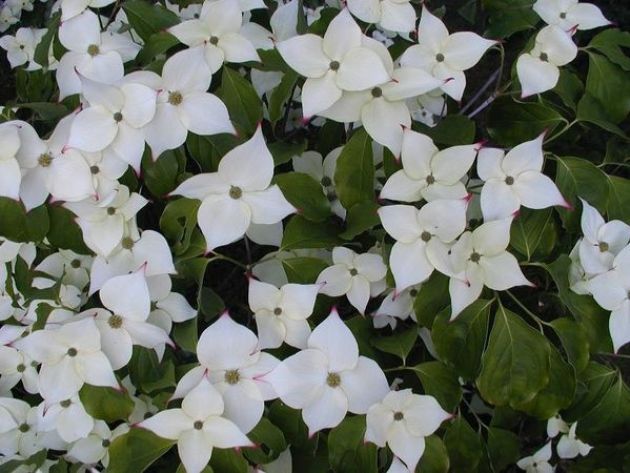
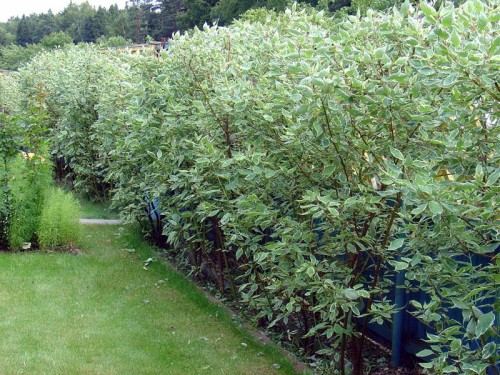
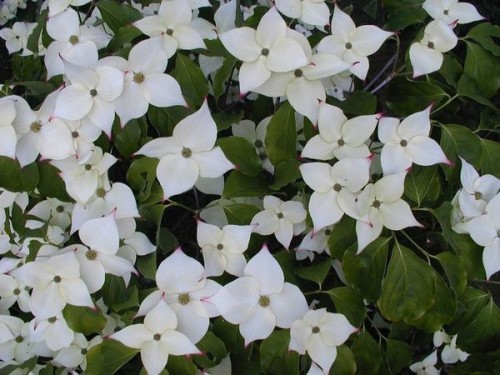
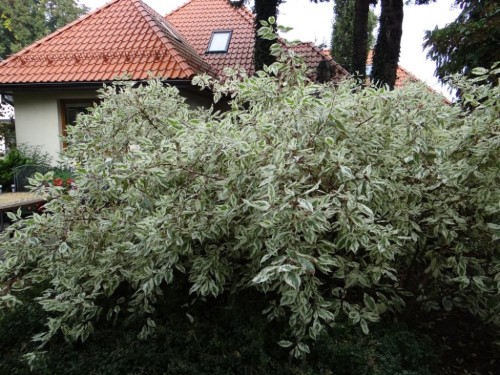
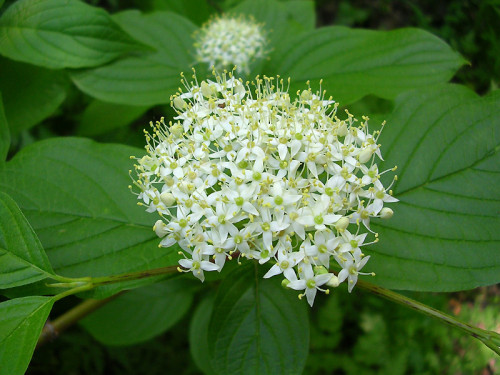
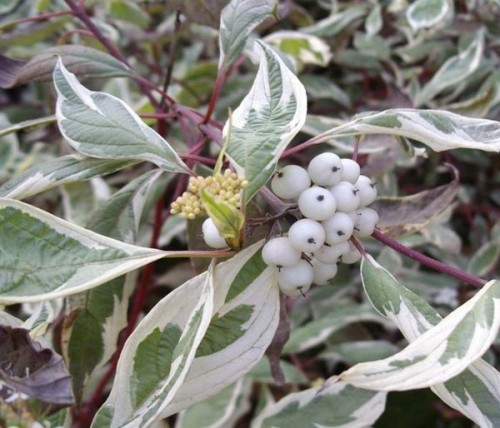
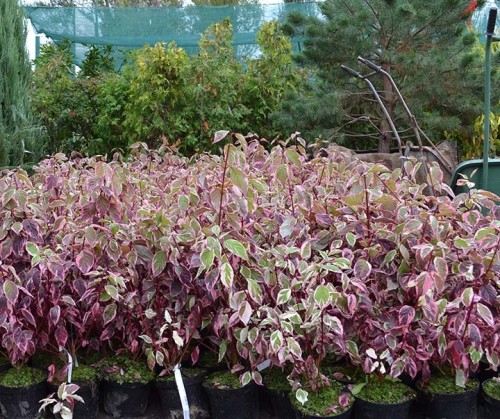
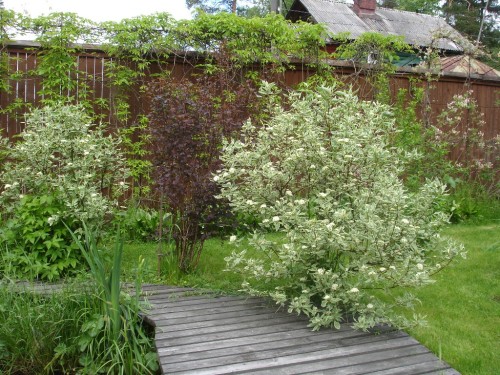
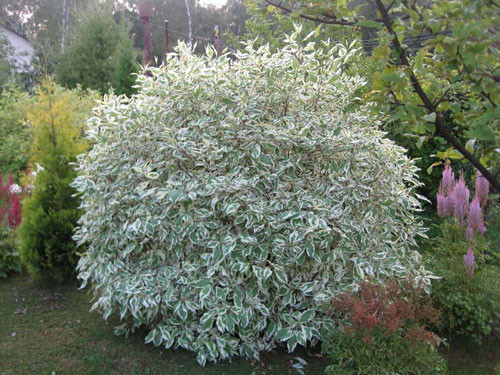












 Start a discussion ...
Start a discussion ...